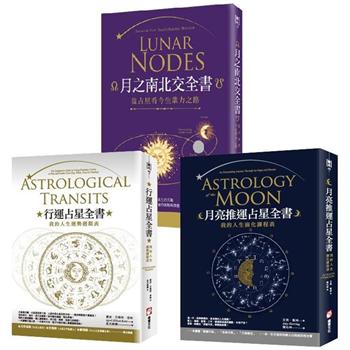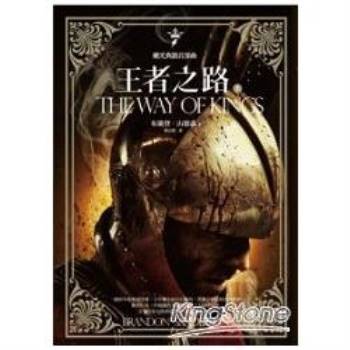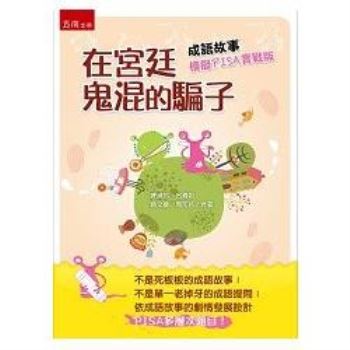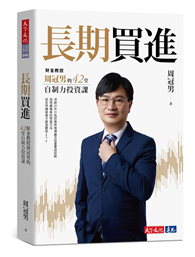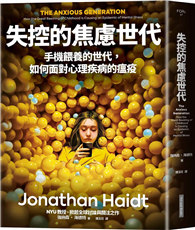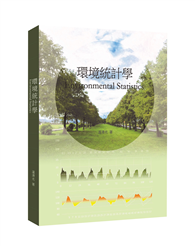Gift-giving played an important role in political, social and religious life in medieval and early modern Europe. This volume explores an under-examined and often-overlooked aspect of this phenomenon: the material nature of the gift.
Drawing on examples from both medieval and early modern Europe, the authors from the UK and across Europe explore the craftsmanship involved in the production of gifts and the use of exotic objects and animals, from elephant bones to polar bears and ’living’ holy objects, to communicate power, class and allegiance. Gifts were publicly given, displayed and worn and so the book explores the ways in which, as tangible objects, gifts could help to construct religious and social worlds. But the beauty and material richness of the gift could also provoke anxieties. Classical and Christian authorities agreed that, in gift-giving, it was supposed to be the thought that counted and consequently wealth and grandeur raised worries about greed and corruption: was a valuable ring payment for sexual services or a token of love and a promise of marriage? Over three centuries, Gift-Giving and Materiality in Europe, 1300-1600: Gifts as Objects reflects on the possibilities, practicalities and concerns raised by the material character of gifts.
| FindBook |
有 1 項符合
Gift-Giving and Materiality in Europe, 1300-1600: Gifts as Objects的圖書 |
 |
Gift-Giving and Materiality in Europe, 1300-1600: Gifts as Objects 出版社:Bloomsbury Academic 出版日期:2024-04-18 語言:英文 規格:平裝 / 272頁 / 23.39 x 15.6 x 2.54 cm / 普通級/ 初版 |
| 圖書館借閱 |
| 國家圖書館 | 全國圖書書目資訊網 | 國立公共資訊圖書館 | 電子書服務平台 | MetaCat 跨館整合查詢 |
| 臺北市立圖書館 | 新北市立圖書館 | 基隆市公共圖書館 | 桃園市立圖書館 | 新竹縣公共圖書館 |
| 苗栗縣立圖書館 | 臺中市立圖書館 | 彰化縣公共圖書館 | 南投縣文化局 | 雲林縣公共圖書館 |
| 嘉義縣圖書館 | 臺南市立圖書館 | 高雄市立圖書館 | 屏東縣公共圖書館 | 宜蘭縣公共圖書館 |
| 花蓮縣文化局 | 臺東縣文化處 |
|
|
圖書介紹 - 資料來源:博客來 評分:
圖書名稱:Gift-Giving and Materiality in Europe, 1300-1600: Gifts as Objects
內容簡介
作者簡介
Lars Kjaer is Associate Professor in Medieval History at the New College of the Humanities, UK. He is the author of The Medieval Gift and the Classical Tradition (2019) and the co-editor of Denmark and Europe in the Middle Ages (2014).
Gustavs Strenga is a Postdoctoral Researcher at University of Greifswald, Germany. He has previously worked as a Postdoctoral Research Fellow at Tallinn University, Estonia, and Researcher at the National Library of Latvia.
|

